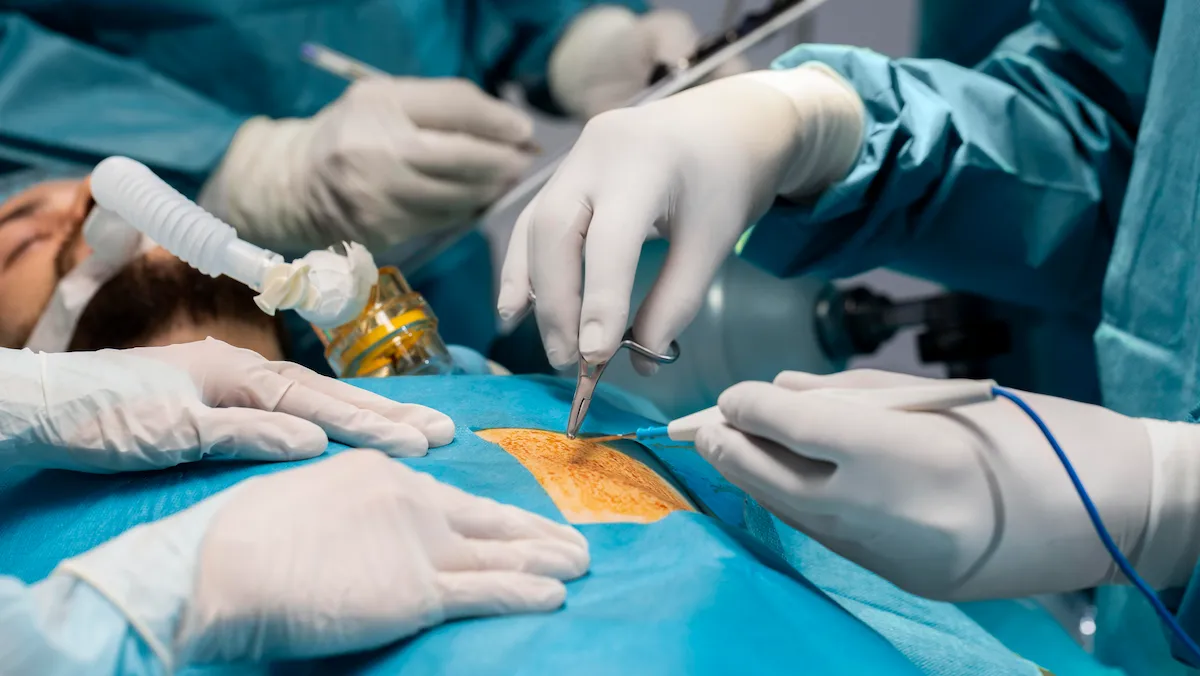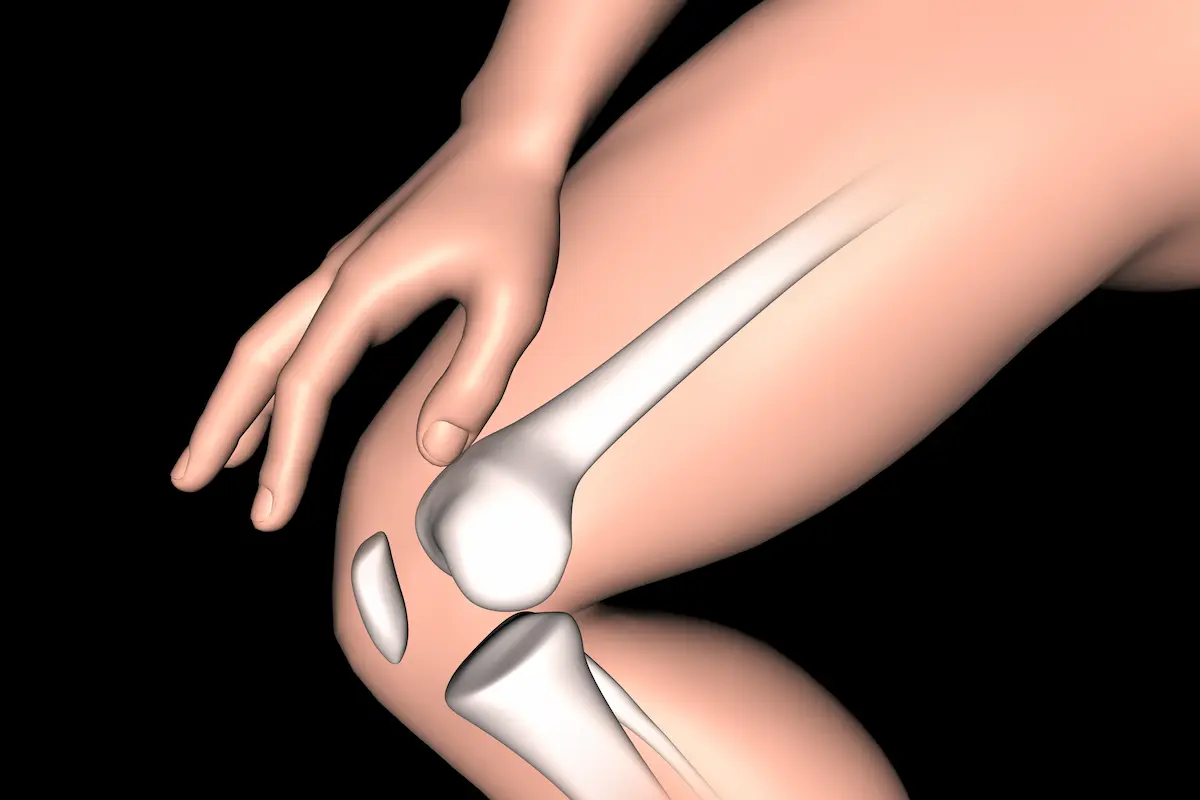The hip joint is one of the largest and most crucial joints in the human body. It connects the thigh bone (femur) to the pelvis and is responsible for supporting the weight of the upper body, as well as providing stability and mobility for the lower body.
The hip joint is a ball-and-socket joint that is, the round head of the femur bone fits rightly into the cup-shaped socket of the pelvis, called the acetabulum. This design allows for a wide range of movements, including flexion, extension, abduction, adduction, and rotation of the hip joint.
The surfaces of the femoral head and the acetabulum are covered with a smooth layer of cartilage, which helps to reduce friction and protect the bones from wear and tear. The joint is also surrounded by a fibrous capsule that contains synovial fluid, which lubricates the joint and provides nutrition to the cartilage.
The hip joint is supported by a network of ligaments, tendons, and muscles. The ligaments provide stability to the joint by connecting the bones and preventing excessive movement. The tendons connect the muscles to the bones and help to control the movement of the joint.
The muscles around the hip joint include the gluteal muscles, which are the large muscles that form the buttocks; the hip flexors, which are responsible for lifting the leg and bringing it toward the body; and the adductor muscles, which are responsible for moving the leg inward toward the midline of the body. These muscles work together to provide stability and control during movement of the hip joint.


The hip joint is essential for normal movement and function of the lower body. It allows us to stand, walk, run, jump, climb, and perform other weight-bearing activities. The joint is responsible for supporting the weight of the upper body and transferring it to the legs, as well as providing stability and balance during movement.
The hip joint also plays a crucial role in maintaining posture and balance. The muscles around the hip joint work together to keep the body upright and maintain proper alignment of the pelvis, spine, and lower limbs.
In addition to its mechanical functions, the hip joint is also an important site of blood cell production. The bone marrow within the bones of the hip joint produces red and white blood cells, which are necessary for immune function and oxygen transport throughout the body.
Hip pain can be caused by a variety of factors, including injury, overuse, or underlying medical conditions. While some cases of hip pain can be managed with rest, physical therapy, or medication, others may require more advanced treatment, including surgical intervention.
If you are experiencing hip pain or discomfort that is affecting your daily activities or quality of life, it is a good idea to seek medical evaluation from an orthopaedic surgeon. Some signs that you should see an orthopaedic surgeon for hip pain include:
Persistent pain: If your hip pain persists for more than a few days or is severe enough to interfere with your daily activities, it may be time to see an orthopaedic surgeon.
Limited mobility: If your hip pain is making it difficult to move your leg or hip joint, you may need to see an orthopaedic surgeon for evaluation.
Stiffness: If you experience stiffness or decreased range of motion in your hip joint, an orthopaedic surgeon may be able to diagnose and treat the underlying condition.
Previous hip injury: If you have previously injured your hip and are experiencing pain or discomfort in that area, an orthopaedic surgeon may be able to help you identify and treat any residual damage.
Medical conditions: Certain medical conditions, such as arthritis, bursitis, or hip dysplasia, can cause hip pain and may require specialized treatment from an orthopaedic surgeon.
An orthopaedic surgeon can perform a thorough evaluation of your hip pain or condition and recommend the most appropriate treatment options, which may include physical therapy, medication, or surgery.


Hip conditions can range from minor injuries and strains to more serious conditions that require surgical intervention. While many cases of hip pain or discomfort can be managed with conservative treatments like rest, physical therapy, or medication, some conditions may require surgery to alleviate pain and improve function.
Surgery may be recommended for hip conditions that include:
In general, surgery for hip ailments is typically recommended only after conservative treatments have been tried and failed to provide relief. Our orthopaedic surgeon can evaluate your individual condition and recommend the most appropriate treatment plan, which may or may not include surgery.
New No. 85, Royapettah High Road, Royapettah, Chennai – 600014
© Designed and Developed By cloudstar.digital